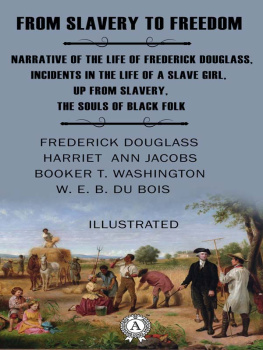AFRICA TO AMERICA
FROM THE MIDDLE PASSAGE THROUGH THE 1930s
AFRICAN AMERICAN HISTORY AND CULTURE
AFRICA TO AMERICA
FROM THE MIDDLE PASSAGE THROUGH THE 1930s
EDITED BY JEFF WALLENFELDT, MANAGER, GEOGRAPHY AND HISTORY

Published in 2011 by Britannica Educational Publishing
(a trademark of Encyclopdia Britannica, Inc.)
in association with Rosen Educational Services, LLC
29 East 21st Street, New York, NY 10010.
Copyright 2011 Encyclopdia Britannica, Inc. Britannica, Encyclopdia Britannica,
and the Thistle logo are registered trademarks of Encyclopdia Britannica, Inc. All
rights reserved.
Rosen Educational Services materials copyright 2011 Rosen Educational Services, LLC.
All rights reserved.
Distributed exclusively by Rosen Educational Services.
For a listing of additional Britannica Educational Publishing titles, call toll free (800) 237-9932.
First Edition
Britannica Educational Publishing
Michael I. Levy: Executive Editor
J.E. Luebering: Senior Manager
Marilyn L. Barton: Senior Coordinator, Production Control
Steven Bosco: Director, Editorial Technologies
Lisa S. Braucher: Senior Producer and Data Editor
Yvette Charboneau: Senior Copy Editor
Kathy Nakamura: Manager, Media Acquisition
Jeff Wallenfeldt: Manager, Geography and History
Rosen Educational Services
Hope Lourie Killcoyne: Senior Editor and Project Manager
Nelson S: Art Director
Cindy Reiman: Photography Manager
Matthew Cauli: Designer, Cover Design
Introduction by Therese Shea
Library of Congress Cataloging-in-Publication Data
Africa to America: From the Middle Passage Through the 1930s / edited by Jeff
Wallenfeldt, Manager, Geography and History. 1st ed.
p. cm. (African American history and culture)
Includes bibliographical references and index.
ISBN 978-1-61530-175-1 (eBook)
1. African AmericansHistory. 2. African AmericansBiography. 3. African Americans
Intellectual life. I. Wallenfeldt, Jeffrey H.
E185.A2513 2010
973'.0496073dc22
2009054299
On the : From the agonies of Middle Passage, depicted in this engraving, to the
ascendancy of leaders such as sociologist and civil rights activist W.E.B. Du Bois, pictured
here in 1918, the centuries-long odyssey from Africa to America was marked by great
sorrow, hard-won advances, and eventual achievement. Herbert Orth/Time & Life Pictures/
Getty Images (Du Bois); Hulton Archive/Getty Images (slave ship illustration)
On pages : A sharecropper and his first child in Person County, N.C., Jan. 1, 1939. Buyenlarge/Hulton Archive/Getty Images
CONTENTS
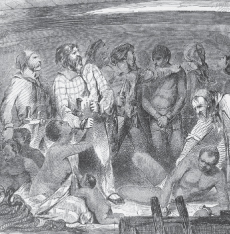
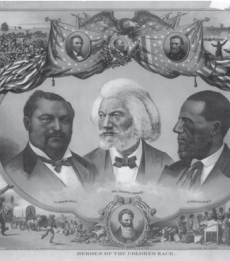
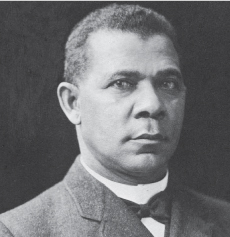


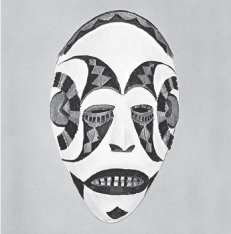
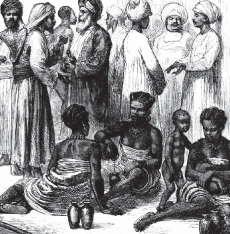
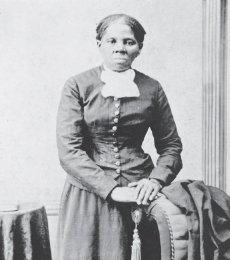
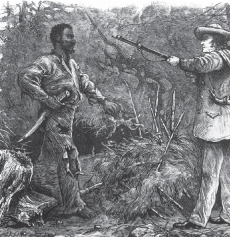

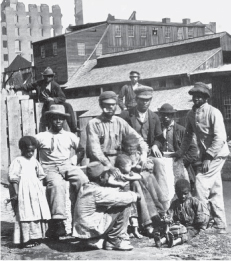


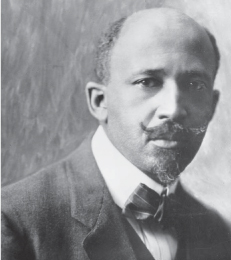
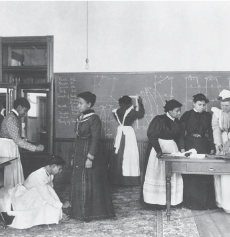

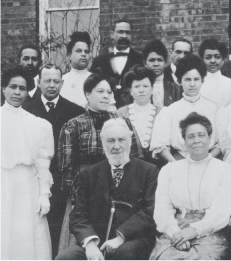
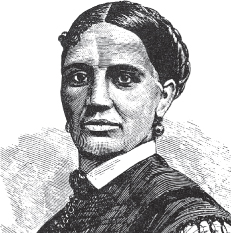

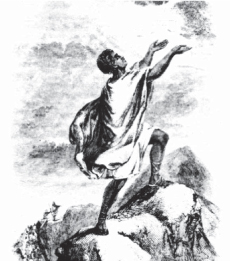
INTRODUCTION

This Jan. 1901 Harpers Monthly magazine illustration depicts the arrival of African captives in Jamestown, 1619. Library of Congress Prints and Photographs Division
A t the beginning of the 21st century, the United States counted more than 36 million African Americans among its citizens. At different times in American history a variety of terms have been used to refer to the people now most often identified as African American or black, including Afro-American, Negro, and Colored, as well as an execrable list of derisive epithets that are indicative of the ignorance and intolerance African Americans encountered in their long struggle for freedom and full participation in American political, economic, social, and cultural life. The African American journey through history has been often tragic, laden with frustration, and fraught with peril, but also sustained by heroism, determination, and triumph.
The roots of most African Americans extend back far beyond the plantations of colonial America and the republic in the first half of 19th century to the rich cultures of Western Africa. Sophisticated, thriving empires dating from at least the Ghana in about 500 CE developed from wealth centred on gold and salt mines. The famed city of Timbuktu originated around 1100 as a trading centre and developed into a bastion of Islamic society. Later, the great cultures of the Mali, Songhai, and Hausa city-states arose largely in accordance with their military strength. To the south, on the Guinea Coast, major empires such as the Asante and the Oyo bolstered their power through trade with Europeans.
Next page













